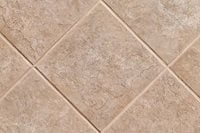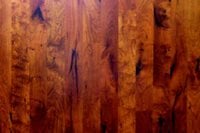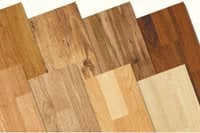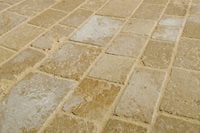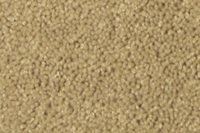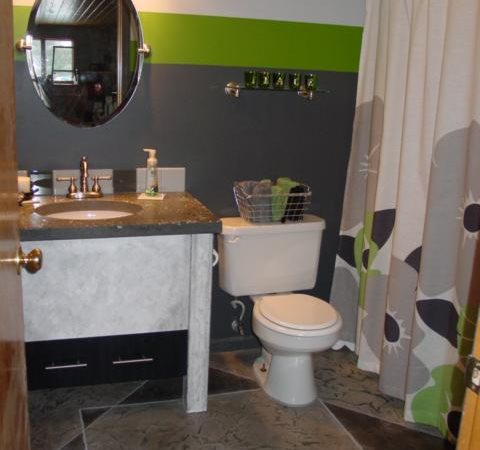Stylish, durable, and resistant to moisture are the three considerations you should be most mindful of when selecting bathroom flooring. Although there are numerous choices for flooring such as concrete, stone, wood, or tile, etc., there are advantages and disadvantages to each type. Below is a simple chart outlining the main benefits and drawbacks of the most popular types of bathroom flooring options.
Why Choose Concrete?
Becoming mainstream is the option of customizing concrete bathroom floors. With concrete already pre-existing in most homes, exposing it and applying effects such as coloring, engraving, staining, or dyeing makes concrete a viable option. Concrete provides a surface that is stylish, long-lasting, and can withstand the elements in a bathroom including moisture, spills, stains, etc. In price comparison, concrete can be customized within any budget. It is a cost-conscious, environmentally-friendly option that offers freedom in design and freedom from extreme maintenance. View 68 videos with concrete expert, Bob Harris as he explains common questions about concrete floors.

